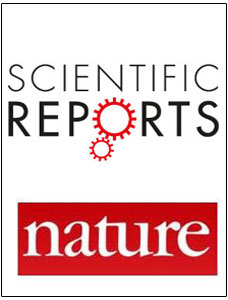
“While cannabinoids have been shown to ameliorate liver fibrosis, their effects in chronic pancreatitis and on pancreatic stellate cells (PSC) are unknown.
The activity of the endocannabinoid system was evaluated in human chronic pancreatitis (CP) tissues.
Augmentation of the endocannabinoid system via exogenously administered cannabinoid receptor agonists specifically induces a functionally and metabolically quiescent pancreatic stellate cell phenotype and may thus constitute an option to treat inflammation and fibrosis in chronic pancreatitis.
Because drugs for the treatment of chronic pancreatitis should ideally exert anti-fibrotic and anti-inflammatory properties, their bimodal effects rather contradict a therapeutic use of CB-receptor antagonists and promote the hypothesis that (re-)activation of the (endo-)cannabinoid system in chronic pancreatitis may be beneficial for suppressing disease progress.
In conclusion, we show that the endocannabinoid system is downregulated in chronic pancreatitis and that its augmentation via exogenously administered cannabinoids specifically reduces activation of pancreatic stellate cells.
These experiments lay a basis for testing the value of synthetic cannabinoids in the treatment of chronic pancreatitis.”
http://journals.plos.org/plosone/article?id=10.1371/journal.pone.0001701









